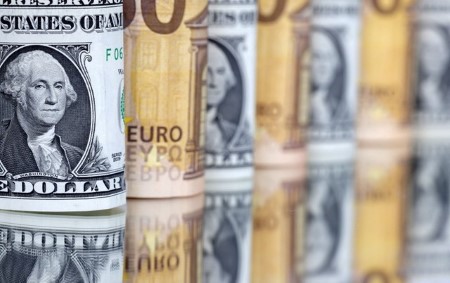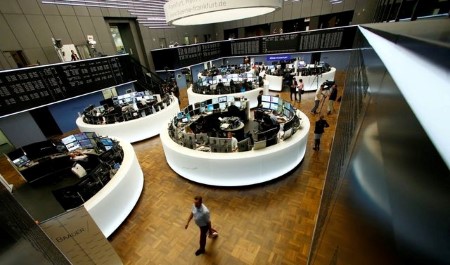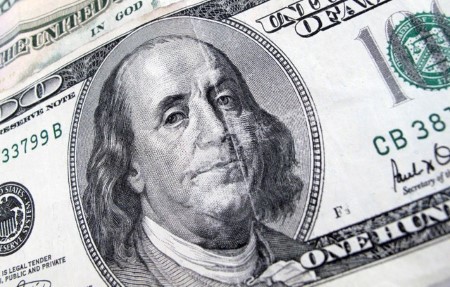MILAN/FRANKFURT – Investors are looking beyond the traditional defense stocks that have emerged as star performers in the European market for cheaper industrial companies poised to benefit from increased military spending in the region.
Shares in Thyssenkrupp, whose operations range from making steel and car parts to trading materials and building fertilizer plants, jumped 20% on Monday, driven by an expected surge in defense budgets that could boost its warship division TKMS, which is due to be spun off this year.
The conglomerate has lost 40% of its value in five years, hurt by a lengthy and painful restructuring of its sprawling operations.
However, its defense assets, which include submarines, frigates, and sensor and mine-hunting technology, are now being seen as a potential catalyst for growth.
BofA Global Research called TKMS a “hidden” defense stock, valuing it at half of Thyssenkrupp’s market capitalization. Analysts at the US investment bank noted that defense businesses are now among the most compelling equity stories in Europe. “We see deep value,” they wrote about TKMS.
The market’s recognition of underpriced defense assets could lead to a surge in share prices, driven by higher valuation multiples and earnings growth tied to rising defense spending.
Analysts also cited bus and truck maker Iveco Group and shipbuilder Fincantieri as beneficiaries if the defense rally broadens beyond pure plays, just as some questions emerge about the sustainability of Europe’s rally.
However, investors will need active stock-picking skills to capitalize on this trend, as these opportunities may lie beyond the main equity benchmarks that passive strategies track.
Thyssenkrupp is a mid-cap stock listed on the MDAX index, after tumbling out of the main DAX index in 2019, following a string of profit warnings and the slump in the share price.
Alberto Conca, chief investment officer at Swiss asset manager ZEST+LFG, believes many industrial companies, including those not directly involved in defense, could benefit indirectly from the military boom.
“This makes a lot of sense,” he said.
Iveco’s shares have rocketed since saying earlier this month it could spin off its IDV defense division this year. IDV posted a 10% operating profit margin last year, the only double-digit result from the firm’s industrial businesses.
Having lagged the broader aerospace and defense index since Russia invaded Ukraine three years ago, both Thyssenkrupp and Iveco are catching up fast. This year they are outperforming, having risen 53% and 68% respectively.
World defence companies trade at 25.8 times expected earnings, versus 18 times three years ago, per LSEG Datastream data. Iveco and Thyssenkrupp both trade around 8 times on the same valuation metric.
(USD 1 = 0.9590 euros)
(Reporting by Danilo Masoni; Editing by Amanda Cooper and Sharon Singleton)







 DOWNLOAD
DOWNLOAD













